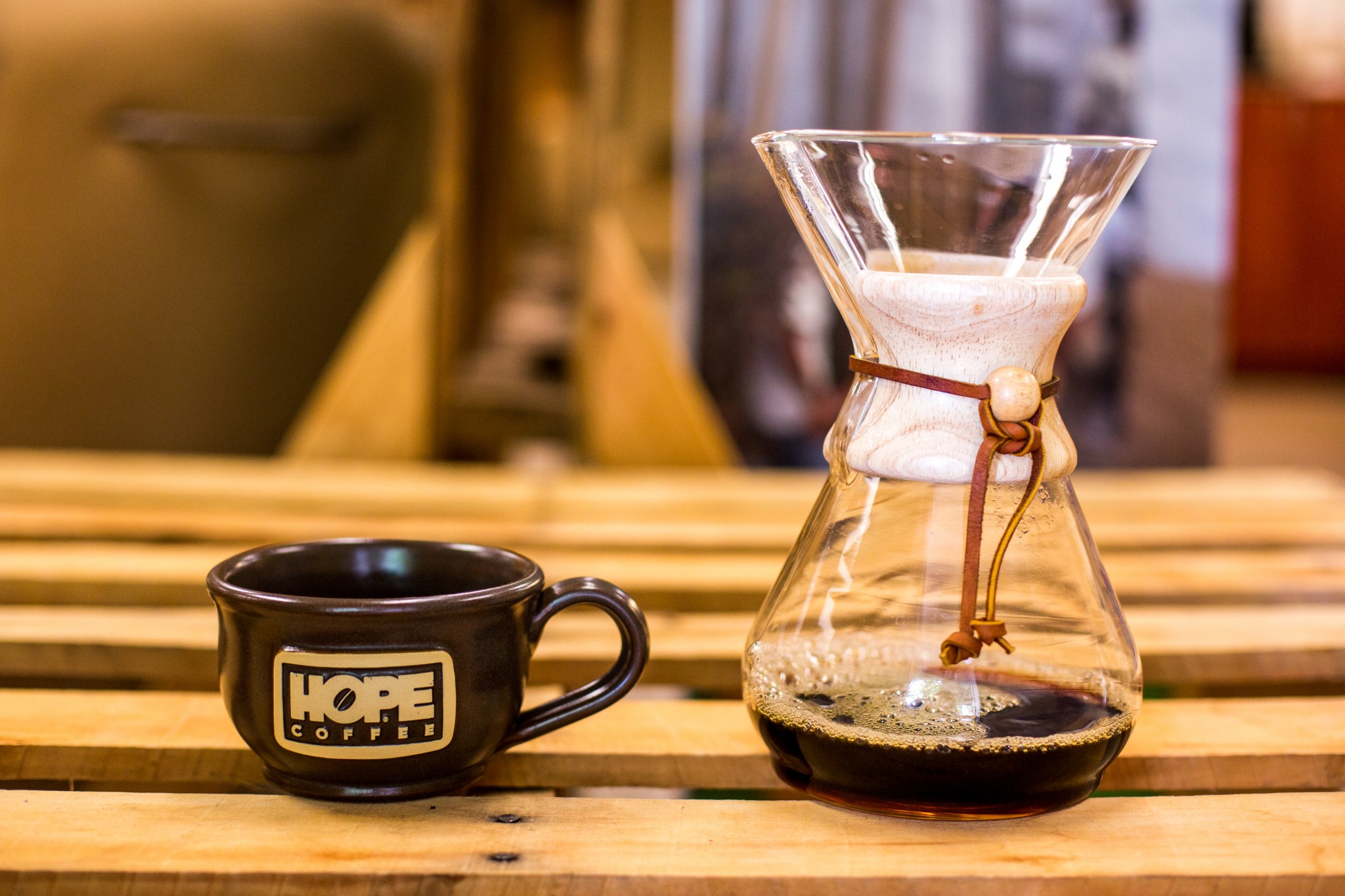The Ultimate Contrast of Popular Coffee Brewing Methods for Home Baristas
The Ultimate Contrast of Popular Coffee Brewing Methods for Home Baristas
Blog Article
The Scientific Research Behind Coffee Developing: Exactly How Temperature and Time Affect Your Beverage
Recognizing the scientific research behind coffee brewing reveals that temperature level and time are not mere variables however pivotal components that dictate the beverage's flavor profile and overall top quality. As we explore the nuances of these components, the question occurs: how can one effectively equilibrium temperature level and time to achieve that ideal mixture?
The Chemistry of Coffee Extraction
The chemistry of coffee removal dives right into the intricate procedures that transform raw coffee beans into the aromatic beverage enjoyed worldwide. This makeover mainly involves the solubility of different compounds existing in the beans, which are affected by variables such as work dimension, water top quality, and the developing approach employed.
Throughout the developing procedure, warm water serves as a solvent, removing soluble substances, including high levels of caffeine, sugars, lipids, and acids, from the coffee premises. Each compound adds to the taste profile, aroma, and body of the last beverage. For example, acids are accountable for zesty and brilliant notes, while oils add to a rich mouthfeel.
The initial phases of brewing remove acids and sugars, leading to an enjoyable level of acidity, while prolonged removal can lead to anger due to over-extraction of unwanted compounds. Comprehending these chemical communications is critical for enhancing developing techniques, as the balance between extraction time and water temperature can substantially influence the overall high quality of the coffee.
Perfect Developing Temperatures
Discovering the appropriate brewing temperature level is necessary for unlocking the complete possibility of coffee tastes and scents - coffee brewing methods. Research indicates that the optimum range for brewing coffee exists between 195 ° F to 205 ° F(90 ° C to 96 ° C) Within this array, the removal procedure efficiently dissolves the preferable soluble substances in coffee beans, bring about a savory and balanced cup
Developing at lower temperature levels, such as listed below 195 ° F(90 ° C ), may cause under-extraction, generating a weak and acidic brew with muted tastes. On the other hand, brewing at temperatures going beyond 205 ° F(96 ° C) can lead to over-extraction, generating a extreme and bitter taste as a result of the too much dissolution of unwanted substances, such as tannins.
In addition, the suitable brewing temperature level can vary relying on the coffee bean type and roast degree. Lighter roasts usually profit from slightly higher temperature levels to enhance their complex flavor accounts, while darker roasts may be much better fit to reduced temperature levels to alleviate resentment.
Inevitably, keeping accuracy in developing temperature levels is essential for accomplishing an unified balance of flavors, making sure that every mug of coffee supplies an enjoyable sensory experience.
Influence of Developing Time
Developing time plays a critical function in establishing the flavor profile and general high quality of coffee. The extraction process, which influences the preference, scent, and body of the drink, is greatly based on the length of time the coffee grounds are in call with water. Shorter developing times can cause under-extraction, leading to a sour or weak flavor, as not sufficient soluble compounds are liquified. Conversely, extended brewing can cause over-extraction, where unwanted substances are launched, leading to a bitter or astringent preference.
Ideal brewing time varies relying on the method used and the work dimension of the coffee. A French press generally calls for regarding 4 minutes, while coffee removal is usually finished within 25 to 30 secs. It is necessary to adjust brewing time in combination with various other variables, such as water temperature level and coffee-to-water proportion, to accomplish the preferred flavor account.
Recognizing the impact of brewing time allows coffee lovers to fine-tune their developing strategies, ultimately boosting the sensory experience of their mug (coffee brewing methods). With mindful interest to this variable, one can open the complete potential of the coffee, revealing its special qualities and subtleties
Developing Methods and Their Impacts

As an example, approaches like French press and chilly mixture enable a longer steeping time, causing a fuller body and robust flavor as a result of raised removal of oils and soluble solids. Alternatively, coffee developing utilizes high pressure and a much shorter removal time, producing a concentrated shot that emphasizes extreme flavors and an abundant crema.
Pour-over methods, such as Chemex or V60, use an even more regulated removal procedure, permitting the brewer to manipulate flow price and water circulation, which can boost brightness and clarity. Meanwhile, percolation techniques cycle water via the coffee grounds several Your Domain Name times, bring about a stronger, typically bitter flavor.
Lastly, the usage of paper filters versus metal filters can likewise influence the last preference; paper filters generally produce a cleaner cup by capturing oils and great bits, while steel filters permit more oils to go through, adding to a fuller mouthfeel - coffee brewing methods. Understanding these nuances can elevate the coffee experience significantly
Tips for Developing Your Mixture
A well-executed brew can transform also the easiest coffee into a remarkable experience. Grind the beans just prior to making to optimize freshness, ensuring the grind dimension matches your brewing method-- coarser for French press and finer for espresso.
Water top quality plays a vital function; usage filteringed system water cost-free from impurities. The excellent brewing temperature varies in between 195 ° F and 205 ° F(90 ° C to 96 ° C ) Also hot can burn the coffee, while as well trendy may under-extract tastes.
Timing is equally important. For immersion approaches, soaking for 3 to five mins is optimal, whereas drip methods usually take about 5 minutes. Try out mixture times to discover your recommended toughness.

Final Thought
In recap, the complex connection between temperature and time is critical in the coffee brewing process. Sticking to ideal brewing temperature levels in between 195 ° F and 205 ° F, together with exact timing tailored to every technique, guarantees the preferred flavor profile is achieved. Comprehending these scientific concepts encourages individuals to refine their brewing methods, inevitably resulting in an extra pleasurable and balanced coffee experience. Proficiency of these variables is essential for any coffee fanatic looking for quality in their drink.
Recognizing next page the science behind coffee developing reveals that temperature and time are not mere variables but critical components that dictate the drink's taste account and general quality. look what i found Recognizing these chemical interactions is vital for optimizing developing techniques, as the equilibrium between removal time and water temperature level can substantially influence the general quality of the coffee.Developing time plays an essential role in establishing the flavor account and overall quality of coffee. By concentrating on these components-- bean high quality, grind size, water temperature level, steeping time, and ratio-- you can boost your coffee brewing procedure, resulting in a constantly premium mug.
In summary, the elaborate relationship in between temperature and time is vital in the coffee brewing process.
Report this page